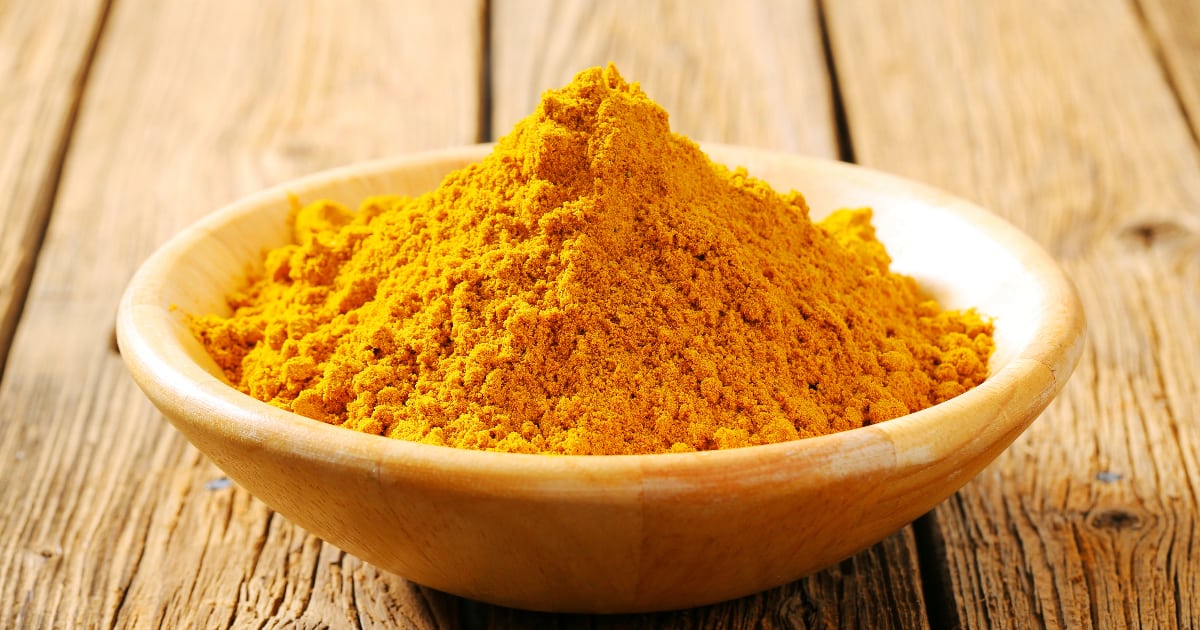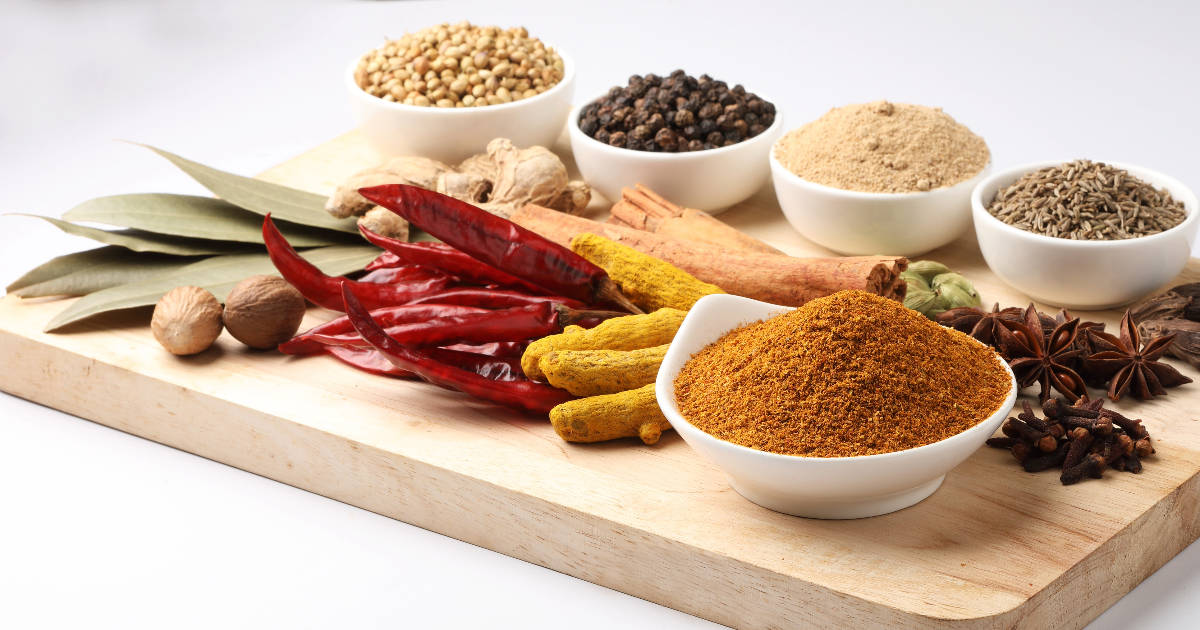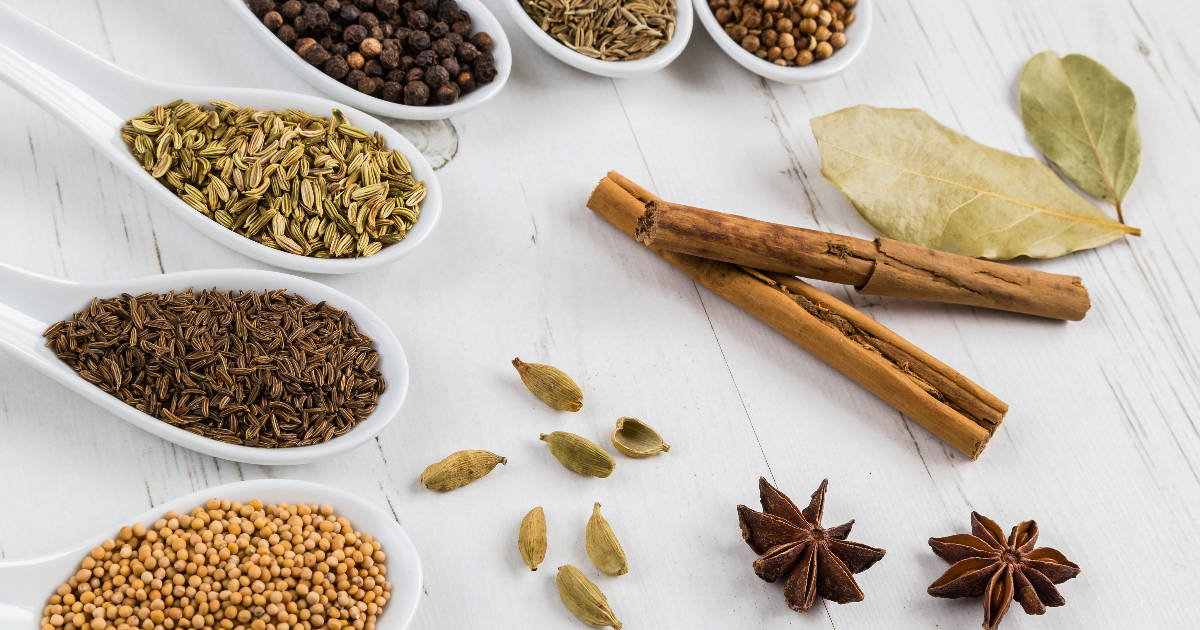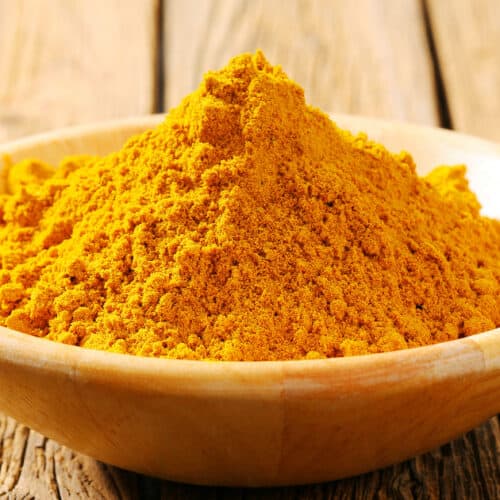Curry powder is a versatile spice blend that can add incredible flavor and aroma to a variety of dishes.

With the right curry powder, you can easily elevate everyday meals into extraordinary culinary adventures! So let's get started and spice up your cooking.
The Origins of Curry Powder
Curry powder was invented in the 18th century by the British, who were captivated by the complex flavors of Indian cuisine. Traditional Indian cooking uses many individual spices, which could be difficult for British cooks to obtain. Enterprising spice merchants created the first pre-made "curry powder" blends, which allowed cooks to conveniently add the taste of India to their dishes with just a spoonful of the spice mix.
The term "curry" comes from the Tamil word "kari," meaning sauce or gravy. The powder blends were based on spices used in northern Indian garam masala. The British expanded on these traditional Indian spice mixes to create their own unique blends. As curry powder grew popular in Great Britain, British cookbooks began including recipes for "curry sauce" and "curry powder" as something distinct from traditional Indian curries.
Over time, curry powder made its way around the world and became a beloved ingredient. It continues to evolve with each cook's individual tastes and local spice availability. Let's look at how you can create your own perfect homemade blend.
Customizing Your Curry Powder

There's no single defined spice blend for curry powder. The ingredients and ratios vary widely from recipe to recipe. This allows cooks a lot of flexibility to adjust their curry powder to suit personal tastes or regional cuisines. Here are some tips for experimenting with your own homemade curry powder:
- Start with a base recipe, like the one provided later in this guide. Tweak a few ingredients at a time until you find your ideal blend.
- Play with the spice ratios. Boost cumin or cinnamon for a stronger presence in the mix. Reduce turmeric for a paler yellow color.
- Add or subtract spices like cloves, nutmeg, mustard seed, or mint. Try fenugreek for an earthy aroma.
- Adjust the heat level by using more or less cayenne pepper or other dried chilies. Paprika lends sweetness and mild heat.
- Toast whole spices before grinding for a deeper, richer flavor. Try a mix of whole and ground.
- Make small batches so you can use up the powder when it's freshly ground and aromatic.
With so many potential combinations, you're bound to create your own signature curry powder blend through a bit of experimentation.
Toasting and Grinding Whole Spices

Using whole spices that you toast and grind yourself can take your homemade curry powder to the next level of flavor. Here's how to do it:
- Start with whole seeds like cumin, coriander, mustard, fennel, and peppercorns. Whole chili peppers can also be used.
- Dry roast the whole spices in a skillet over medium heat. Cook until fragrant, about 1-2 minutes. Stir constantly so they don't burn.
- Allow the toasted spices to cool completely before grinding. Burnt spices will taste bitter.
- Use a dedicated coffee or spice grinder to grind the spices into a fine powder. A mortar and pestle can also be used.
- Sift the ground spices through a fine mesh strainer to remove any large pieces.
- Combine with ground spices like turmeric, ginger, cardamom, and chili powder.
Toasting before grinding intensifies the spices' natural oils and flavors. Blending the toasted whole spices with dry ground spices gives you the best texture and most complex taste.
The Master Curry Powder Recipe
This curry powder recipe incorporates both toasted whole spices and dry ground spices for an incredible depth of flavor. Feel free to customize it to your tastes. It will be kept in an airtight container for up to 3 months.

Curry Powder Recipe
Ingredients
- 1 tablespoon coriander seeds
- 2 teaspoons cumin seeds
- 1 teaspoon mustard seeds
- 1 teaspoon fennel seeds
- 1 teaspoon black peppercorns
- 1/2 teaspoon whole cloves
- 4 small dried red chilies
- 1 teaspoon ground cinnamon
- 2 teaspoons ground turmeric
- 1 teaspoon ground ginger
- 1 teaspoon garlic powder
- 1/2 teaspoon ground cardamom
- 1/4 teaspoon cayenne pepper
Instructions
- Toast the whole coriander, cumin, mustard, fennel, peppercorns, cloves, and red chilies in a dry skillet over medium heat for 2 minutes.
- Allow the toasted spices to fully cool, then grind into a fine powder in a spice grinder.
- Mix the ground toasted spices together with the cinnamon, turmeric, ginger, garlic powder, cardamom, and cayenne.
- Store in an airtight container. Enjoy in your favorite Indian dishes!
How to Use Homemade Curry Powder
A homemade curry powder blend adds incredible aromatic flavor to many dishes:
- Curries: Massage into chicken, beef, fish, or veggies before cooking. Stir in curry sauce.
- Soups and stews: Add while sautéing aromatics or use to season broth.
- Vegetables: Toss with roasted veggies. Mix into potato salad.
- Rice: Stir into rice pilaf or sprinkle on cooked rice.
- Meat rubs and marinades: Coat meat before roasting or grilling.
- Snack mixes: Toss with nuts and seeds. Season popcorn.
A little homemade curry powder goes a long way. For a punch of flavor, try these recipe ideas:
- Curried Lentil Soup
- Curried Chicken Salad
- Curried Cauliflower
- Curried Deviled Eggs
- Curried Pork Tenderloin
Get creative with this aromatic spice blend. Homemade curry powder is sure to become a kitchen staple once you try it.
FAQs
Is curry powder spicy?
Curry powders range from mild to spicy hot. Adjust the level of heat by using less-dried red chili.
How long does it last?
Homemade curry powder keeps its peak freshness and flavor for up to 3 months when stored in an airtight container in a cool, dark place.
Can I use whole spices?
Yes, dry toasting whole spices like cumin and coriander before grinding them brings out more flavor. Use a mix of whole and ground.
What's the difference between curry powder and garam masala?
Garam masala is added at the end of cooking to add aroma. Curry powder incorporates more spices and is cooked into a dish to infuse flavor.
Is curry powder Indian?
Actually, it was invented by British colonists. Traditional Indian cuisine uses individual spices, not a blended curry powder.
Can I adjust the heat?
Definitely, use less dried red chili or cayenne to reduce the spiciness, or kick it up a notch by adding more.
Conclusion
Homemade curry powder opens up a world of flavor possibilities. With just a few aromatic spices, you can transform any bland dish into an explosion of tastes.
Experiment with different spice blends to find your perfect ratio, and don't be afraid to add your own twist. Toasting and grinding whole spices brings out their full essence and flavor.

